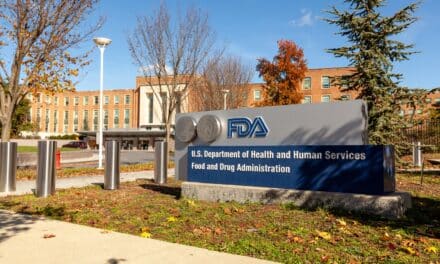In the rapidly evolving field of medicine, staying current with the latest drug updates is crucial for family physicians. New medications, updated guidelines, and emerging treatment protocols can significantly impact patient care. This article highlights key drug updates that family physicians should be aware of to ensure they provide the most effective and safe treatments for their patients.
New Medications and Approvals
The pharmaceutical landscape is continually advancing with new medications receiving approval for various conditions. Recent approvals include new drugs for chronic diseases such as diabetes, hypertension, and asthma. These medications often offer improved efficacy, reduced side effects, or more convenient dosing regimens compared to older therapies. Family physicians should familiarize themselves with these new options to enhance treatment plans and improve patient outcomes.
Updated Guidelines and Recommendations
Medical guidelines are frequently updated to reflect the latest evidence-based practices. These updates may include new drug recommendations, changes in dosing regimens, or revised treatment protocols. For instance, updated guidelines for managing conditions like hypertension or hyperlipidemia may suggest newer drugs or different therapeutic targets. Staying informed about these changes helps family physicians align their practice with current standards and provide the best care possible.
Emerging Treatments and Breakthroughs
Innovative treatments and drug breakthroughs are continually emerging, offering new hope for patients with previously challenging conditions. Advances in gene therapy, biologics, and personalized medicine are leading to novel treatment options for diseases such as cancer, genetic disorders, and autoimmune diseases. By keeping abreast of these developments, family physicians can explore cutting-edge therapies that may benefit their patients and refer them to specialists when appropriate.
Safety Alerts and Drug Recalls
Safety alerts and drug recalls are critical updates that family physicians must monitor closely. These alerts can arise from new findings about adverse effects, drug interactions, or manufacturing issues. Promptly responding to safety alerts ensures that patients are not exposed to potentially harmful medications and allows physicians to make necessary adjustments to treatment plans.
Continuing Medical Education (CME) and Professional Development
Participating in Continuing Medical Education (CME) and professional development activities is essential for staying current with drug updates. CME courses, conferences, and workshops provide valuable opportunities to learn about new medications, updated guidelines, and emerging treatments. Engaging in these activities helps family physicians maintain their expertise and deliver high-quality care.
Leveraging Technology for Drug Updates
Technology offers numerous tools and resources to help family physicians stay informed about the latest drug updates. Mobile apps, online databases, and subscription services provide real-time information on new drug approvals, guidelines, and safety alerts. Utilizing these technologies can streamline the process of staying current and ensure that family physicians have access to the most up-to-date information at their fingertips.
The Importance of Collaboration and Networking
Collaboration and networking with other healthcare professionals can also enhance a family physician’s knowledge of drug updates. Regular communication with pharmacists, specialists, and colleagues allows for the exchange of information and experiences regarding new medications and treatment strategies. These interactions can provide practical insights and support informed decision-making in clinical practice.
Commitment to Ongoing Learning
Staying current with drug updates requires a commitment to ongoing learning and adaptation. The medical field is dynamic, and continuous education is necessary to keep pace with advancements. By dedicating time to learning about new drugs, guidelines, and treatments, family physicians can ensure they are providing the best possible care to their patients.








